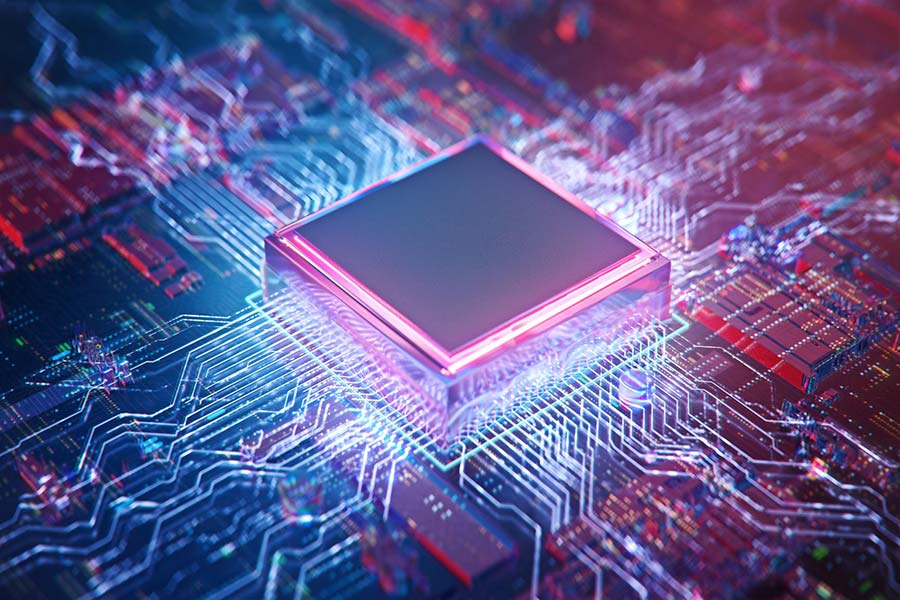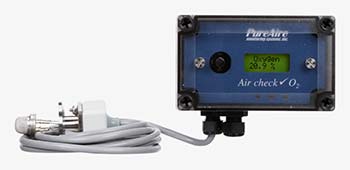Nitrogen Use in the Fabrication of MEMS
- By : PureAire Monitoring Systems
- Posted on : October 08, 2020
- News Room
No, not memes…it’s MEMS.
MEMS (that is, micro-electro-mechanical systems), which are sometimes called micromachines, consist of mechanical and electrical components which work together as a system to attain the functionality necessary for use in smartphones, inkjet printers, medical equipment, fitness trackers, home automation, and automobiles, to list just a few commercial uses. MEMS are manufactured through a process called microfabrication, and the dimensions of MEMS can range in size from less than a micrometer (a size smaller than the width of a human hair), to several millimeters.
Just a Few of the Many Commercial and Industrial Applications of MEMS
MEMS are what enable a smartphone screen to rotate from landscape to portrait and back again, and they can make a phone act as a steering wheel, allowing gamers to “drive” around obstacles in a racing video game. Thanks to MEMS, smartphones are used for navigation, as a digital wallet and, by using a fingerprint, provide for a secure way to log into a phone’s applications.
The healthcare industry uses MEMS in, among other things, pressure sensor applications, including disposable blood pressure monitors, measuring intrauterine pressure during childbirth, and monitoring breathing of patients on ventilators.
Wearable fitness trackers utilize MEMS containing accelerometers and gyroscopes in combination with global positioning systems (GPS) to count a user’s steps and pace, and to show a user’s route.
Homeowners enjoy the convenience of regulating air quality and temperature, and activating lights, and security systems, that MEMS technology provides. MEMS sensors can be programmed to adjust air circulation and thermostats based on the results of readings taken. Home security systems use MEMS-based motion sensors to send an alert if there is a change in movement or unusual vibrations due to a forced entry.
Automobile manufacturers utilize MEMS technology in a host of applications, including assessing vehicle impact for crash detection and airbag deployment, as well as in tire pressure monitoring systems, vehicle dynamic controls (which help drivers regain control when their vehicles begin to skid), voice activation systems, and climate control inside the car.
Nitrogen Usage in MEMS Fabrication
The fabrication of MEMS devices is conducted in process chambers (low pressure, vacuum, temperature-controlled atmospheres) inside cleanrooms (hermetically sealed, fully automated environments).
All process/vacuum chambers, machinery, and cleanrooms must be free of contamination. Dust, airborne particles, aerosols, chemical vapors, and residual gases created or used during production must be removed from the environment to protect the integrity of the devices being manufactured.
Nitrogen (N), an odorless, colorless, oxygen-depleting inert gas, is a critical component in creating and maintaining the sterile environment necessary for MEMS fabrication. MEMS fabrication plants typically use large amounts of nitrogen to sterilize manufacturing environments, remove residual gases from chambers and gas lines, and to purge process chambers of impurities between process steps.
Oxygen Analyzers Protect the Integrity of MEMS Fabrication
Manufacturing employees must constantly monitor nitrogen levels within process chambers and clean rooms, in order to protect these areas from impurities that could impair the quality and reliability of the MEMS being produced, and to guard against nitrogen leaks that could lead to failure of the sterile environment, likewise compromising the integrity of the MEMS devices.
Utilizing high-quality oxygen analyzers allows MEMS fabrication personnel to track nitrogen levels in work areas. The oxygen analyzer sensor should be placed inside process/vacuum chambers and clean rooms to measure and control oxygen levels. Best practice calls for oxygen deficiency analyzers to be installed anywhere there is a risk of gas leaks. As such, oxygen analyzers should be placed wherever nitrogen is stored, and in all areas where nitrogen is used.
PureAire Monitoring Systems’ Trace Oxygen Analyzer 0-1000ppm has a remote sensor that, with the use of a KF type vacuum fitting, mounts directly into a process/vacuum chamber, to continuously monitor the efficiency of the nitrogen gas used therein.
Our Trace Oxygen Analyzer measures oxygen 24/7, with no time-consuming maintenance required. PureAire’s monitors feature long-lasting zirconium sensors, which are designed to give accurate readings, without calibration, for up to 10 years.




